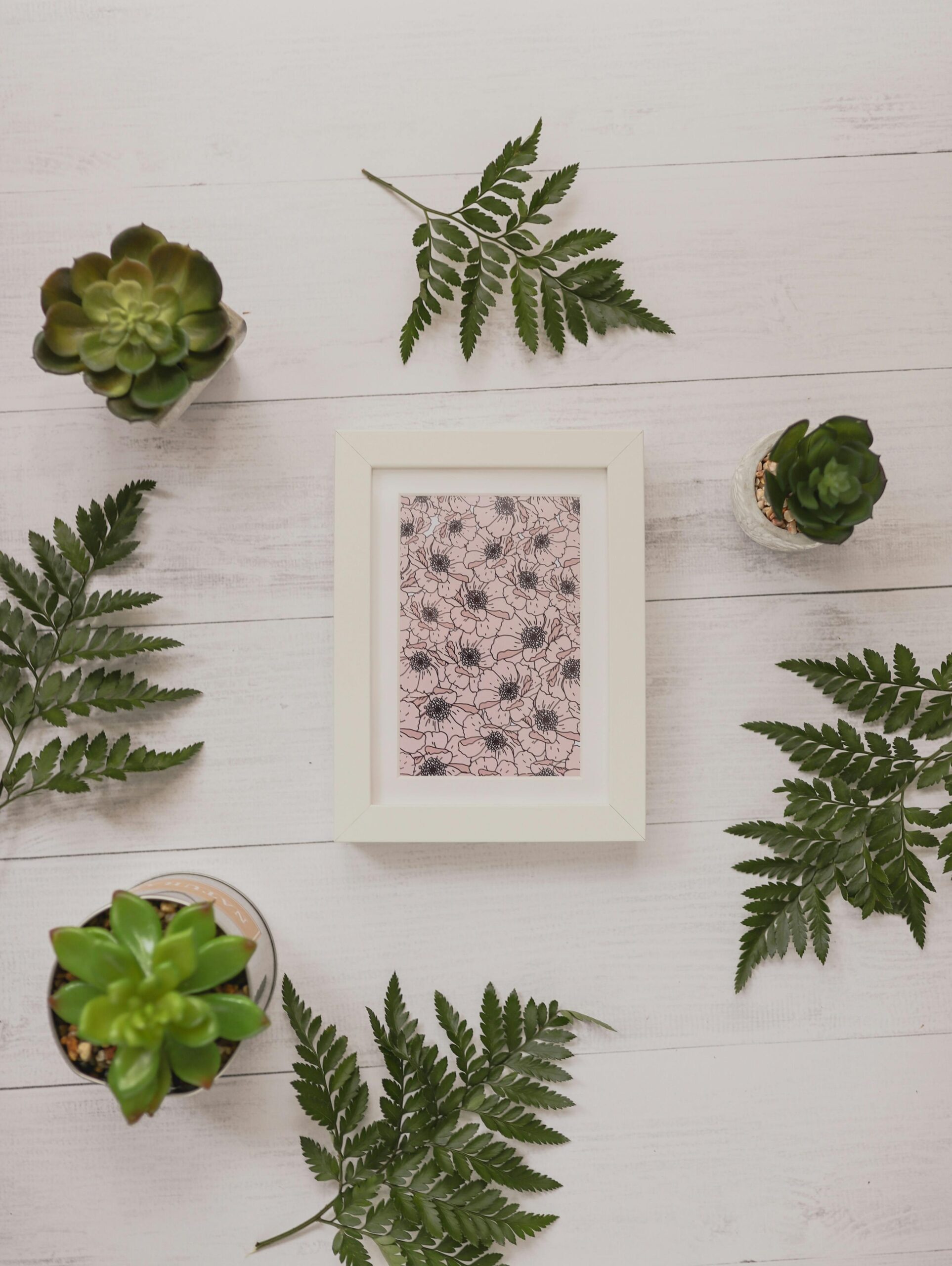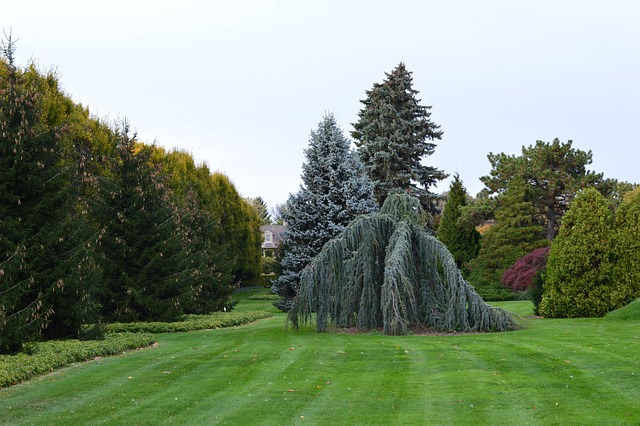Creating a garden design is a thrilling project since it lets you create a calm, attractive area that expresses your unique taste. The planting layout, which establishes the positioning and hierarchy of the plants in your outdoor area, is one of the most important components of garden design. I’ll walk you through a variety of garden planting layout options in this post, ranging from formal to casual and everything in between. You may learn how to design a garden that is both aesthetically beautiful and practical by looking through these creative ideas.
Factors to consider when designing a garden layout
Prior to exploring the particular garden planting layout ideas, it’s critical to comprehend the elements that need to be taken into account when creating a garden design. The first thing you should do is measure and shape your outdoor area. This will assist you in choosing the right garden layout and guarantee that it complements the overall style of your home. You should also take your region’s climate and microclimate into account, as different plants require different environments to flourish. You may design a garden that thrives for many years and is appropriate for your surroundings by considering these elements.
The reason for your garden is a crucial consideration as well. Do you want to design a lively place for partying, a peaceful haven for leisure, or a useful space for raising your own food? Your garden’s design and plant selection will be influenced by your response to this question. You should also take your gardening style and personal preferences into account. Which style of garden do you prefer—one that is more formal and structured, or one that is more organic and casual? Knowing these elements can help you create a garden plan that suits your particular requirements and preferences.
Traditional garden planting layouts
Classic garden planting arrangements are distinguished by their ageless beauty and timeless charm. They frequently have symmetrical patterns with plants grouped in angles or straight lines. A common example of a traditional garden design is the parterre, which is made up of formal, symmetrical beds and walks. This arrangement is perfect for people who value balance and order in their outside environments. The knot garden, which draws inspiration from the elaborate patterns of medieval gardens, is another example of a classic garden planting arrangement. Knot gardens are characterized by their elaborate patterns and finely manicured hedges, which evoke an air of grandeur and sophistication.
Modern garden planting layouts
For those who like a more modern aesthetic, a modern garden planting pattern can be the best option. Clean lines, simple patterns, and an emphasis on architectural details are common characteristics of modern gardens. Plants are arranged in a grid-like arrangement in one common modern garden layout: grid planting. This design lets each plant take center stage while establishing structure and order. The naturalistic design, which emulates the appearance of a wild meadow or prairie, is another contemporary garden planting arrangement. Native grasses and perennials are used in this design to create a low-maintenance, environmentally friendly landscape.
Cottage garden planting layouts
A cottage garden planting arrangement is ideal for people who want a more whimsical and romantic yard. A relaxing and informal environment, along with a profusion of flowers and lush vegetation, are common characteristics of cottage gardens. A common design for cottage gardens is the mixed border, which blends various plants in a naturalistic and flowing way. A wide variety of colors and textures can be used in this arrangement, which also conveys a sense of plenty. The herbaceous border is another planting arrangement for a cottage garden that emphasizes perennial flowers. For people who appreciate the beauty and scent of flowers all year round, this arrangement is perfect.
Formal garden planting layouts
A formal planting arrangement can be ideal for you if you like your garden to be more symmetrical and structured. Formal gardens frequently have a sense of balance and order, as well as geometric patterns and manicured hedges. The topiary garden is a common formal garden design that features carefully sculpted trees and bushes. This design evokes a feeling of grandeur and sophistication akin to that of traditional European gardens. The parterre garden is a formal garden planting arrangement that is distinguished by its symmetrical design and elaborate patterns. This arrangement is perfect for people who value accuracy and order in their outside environments.
Informal garden planting layouts
An casual garden planting arrangement can be the best option for you if you like a more laid-back and organic appearance. Curving paths, meandering boundaries, and an air of spontaneity and randomness are common elements of informal gardens. The cottage garden is a common example of an informal garden design; it is distinguished by its profusion of flowers and laid-back vibe. A combination of self-seeding plants, annuals, and perennials can be used in this arrangement to create a lovely and dynamic garden. The woodland garden, which resembles the appearance and texture of a real forest, is another unofficial garden planting design. For individuals who want a more natural and untamed aesthetic in their outdoor areas, this arrangement is perfect.
Edible garden planting layouts
An edible garden planting plan is the best option if you are passionate about producing your own food. In addition to being useful, edible gardens can also be elegant and decorative. A common edible garden design is the potager garden, which artfully and harmoniously blends flowers, vegetables, and herbs. Easy access to the plants is made possible by this arrangement, which also conveys a sense of richness and productivity. The vertical garden is another design for an edible garden; it makes use of vertical space to grow herbs and vegetables. For those looking to create a visually spectacular focal point in their garden or for those with limited space, this arrangement is perfect.
Water-wise garden planting layouts
Water-wise garden planting schemes are becoming more and more common in today’s eco-aware society. These designs emphasize water conservation and low maintenance through the use of drought-tolerant plants and effective irrigation systems. The xeriscape garden, which uses native plants and rocks, is a well-liked water-wise garden design. This arrangement is meant to flourish in dry environments and needs very little watering. The rain garden is an additional water-wise garden planting concept that collects and filters rainfall. This design is perfect for anyone who wish to make a sustainable and environmentally friendly garden while lowering stormwater runoff.
Creating a personalized garden planting layout
After looking through a variety of garden planting arrangement ideas, it’s time to design a layout that is specifically tailored to your tastes and style. Make a rough sketch of your garden on paper, taking into consideration the dimensions of your outside area. Think of the various sections of your garden, including the walkways, seating sections, and focal points, and how they will relate to the planting regions. After you’ve decided on a basic design, think about the kinds of plants you want to use and their placement. Consider the plants’ hues, sizes, and textures, as well as how they will blend in with your garden’s general style.
Remember to take into account the practical aspects of gardening, such as sunlight availability, water supplies, and maintenance needs, when you complete your garden planting pattern. For ideas and advice, it’s also beneficial to refer to gardening books, websites, and local gardening specialists. You can create an area that is not only aesthetically pleasing but also useful and pleasurable for many years to come by taking the time to thoroughly plan and design your garden planting pattern.
Tools and resources for garden layout planning
Although creating a planting plan for your garden can be difficult, there are lots of tools and information available to support you. Virtual garden designers and plant selection guides are two examples of online garden planning tools that can be very helpful in organizing and visualizing your ideas. With these tools, you may input the size of your garden and try out various plant combinations and layouts. Furthermore, gardening periodicals and books can offer suggestions and direction on a variety of garden planting arrangement concepts and methods. For guidance and support in choosing plants and creating your garden design, nearby garden centers and nurseries are also great options.
Bringing your dream garden to life
The process of creating a garden planting pattern is enjoyable and creative as it lets you express your individual style and create a place that makes you happy and calm. There are countless options to consider, whether your style is more conventional, modern, cottage, formal, informal, edible, or water-wise gardening. You can design a layout that is specific to your needs and tastes by taking into account the elements that affect garden design, such as your space’s size and form, temperature, and personal preferences. You may create the garden of your dreams and take pleasure in the beauty and tranquility of your outdoor area for many years to come with the aid of tools and resources, careful planning, and thoughtful consideration.


